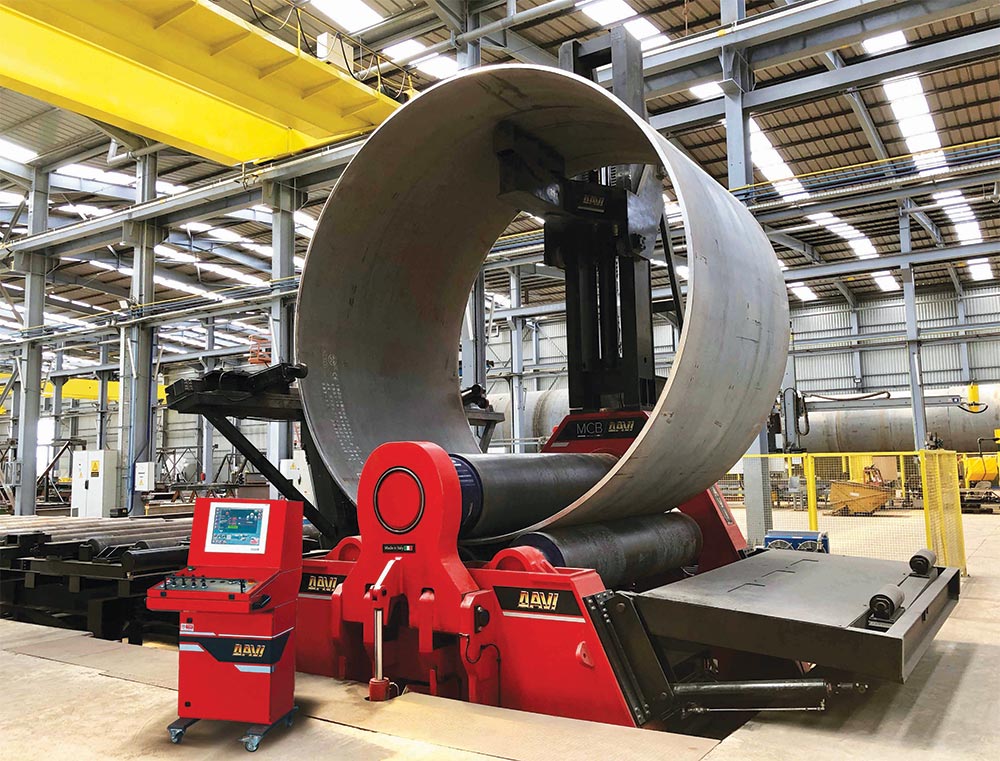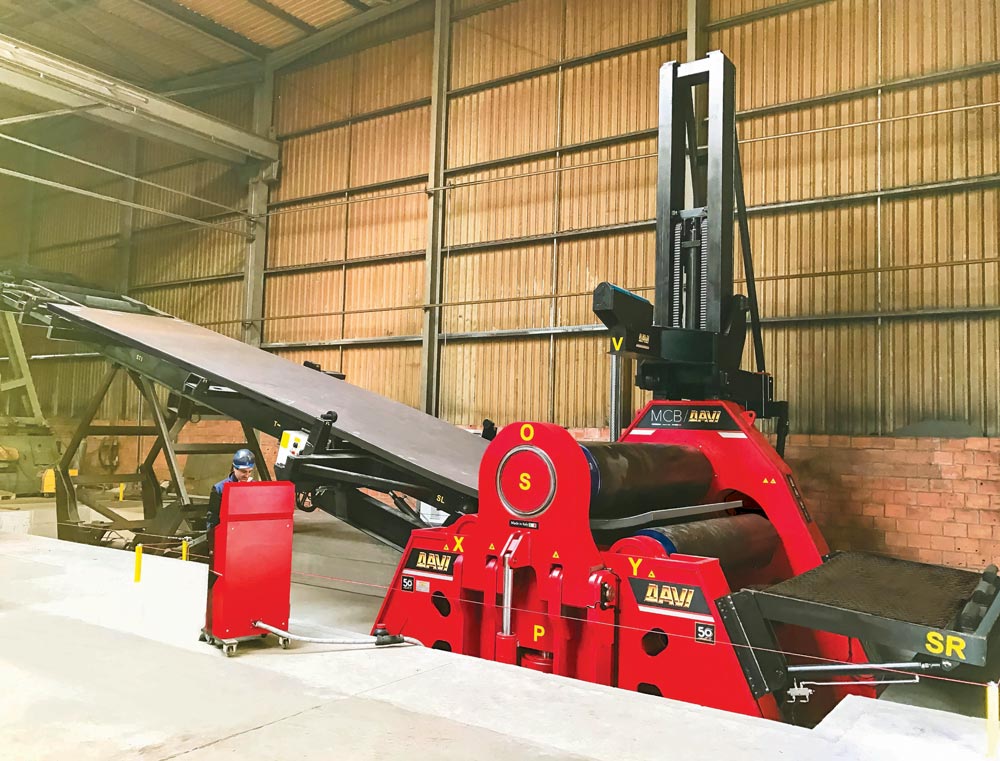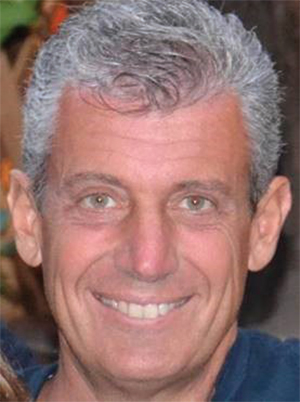

he offshore wind energy industry will be a “major contributor” to the post-COVID-19 economic recovery worldwide, according to the Global Wind Energy Council. Through 2030, the council forecasts that more than 205 gigawatts of new offshore wind capacity will be added globally—a 15-gigawatt increase from GWEC Market Intelligence’s pre-pandemic forecast.
More than two decades ago, at the forefront of this trend, plate and angle roll manufacturer Davi Inc. began investing resources in technologies aimed at the energy transformation industries in order to meet customers’ needs and provide the most advanced manufacturing solutions on its equipment. Davi works with its in-house research and development team to continually improve the engineering and automation for future-generation machines and maintain the latest state-of-the-art CNC control systems. There are over 300 Davi Wind Energy Lines globally that are exclusively working in the wind energy sector.

Davi works to anticipate manufacturers’ needs as they continually upgrade and modify their operations to succeed in this competitive and dynamic environment. Handling, rolling and welding are the main areas where North American manufacturers need to focus in order to increase their throughput and put themselves on the leading edge of wind energy manufacturing, especially considering many of their competitors are located overseas and have much lower overheads. Davi supports customers not only with technological solutions but also by helping to design internal layouts and production flow with a focus on productivity and safety.